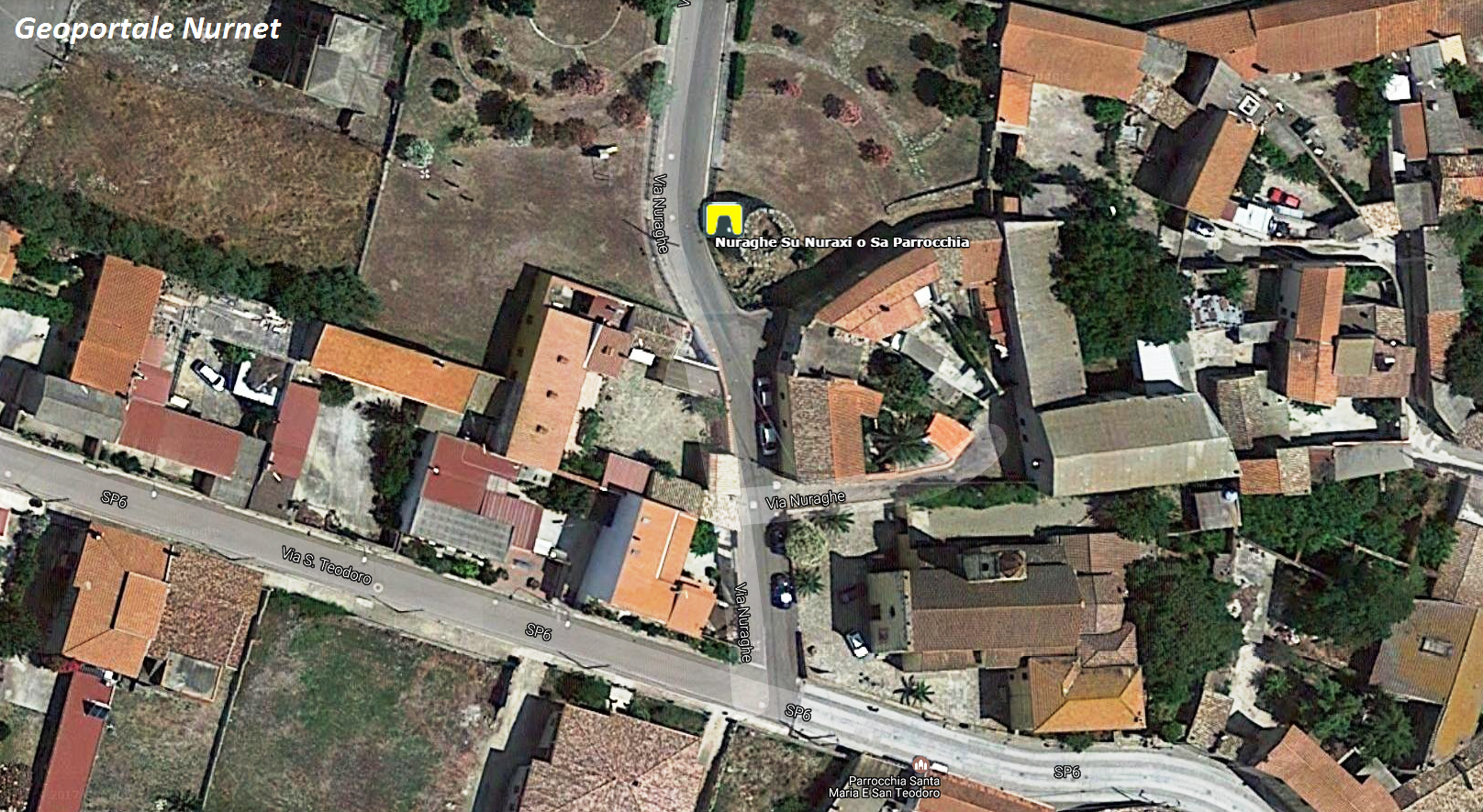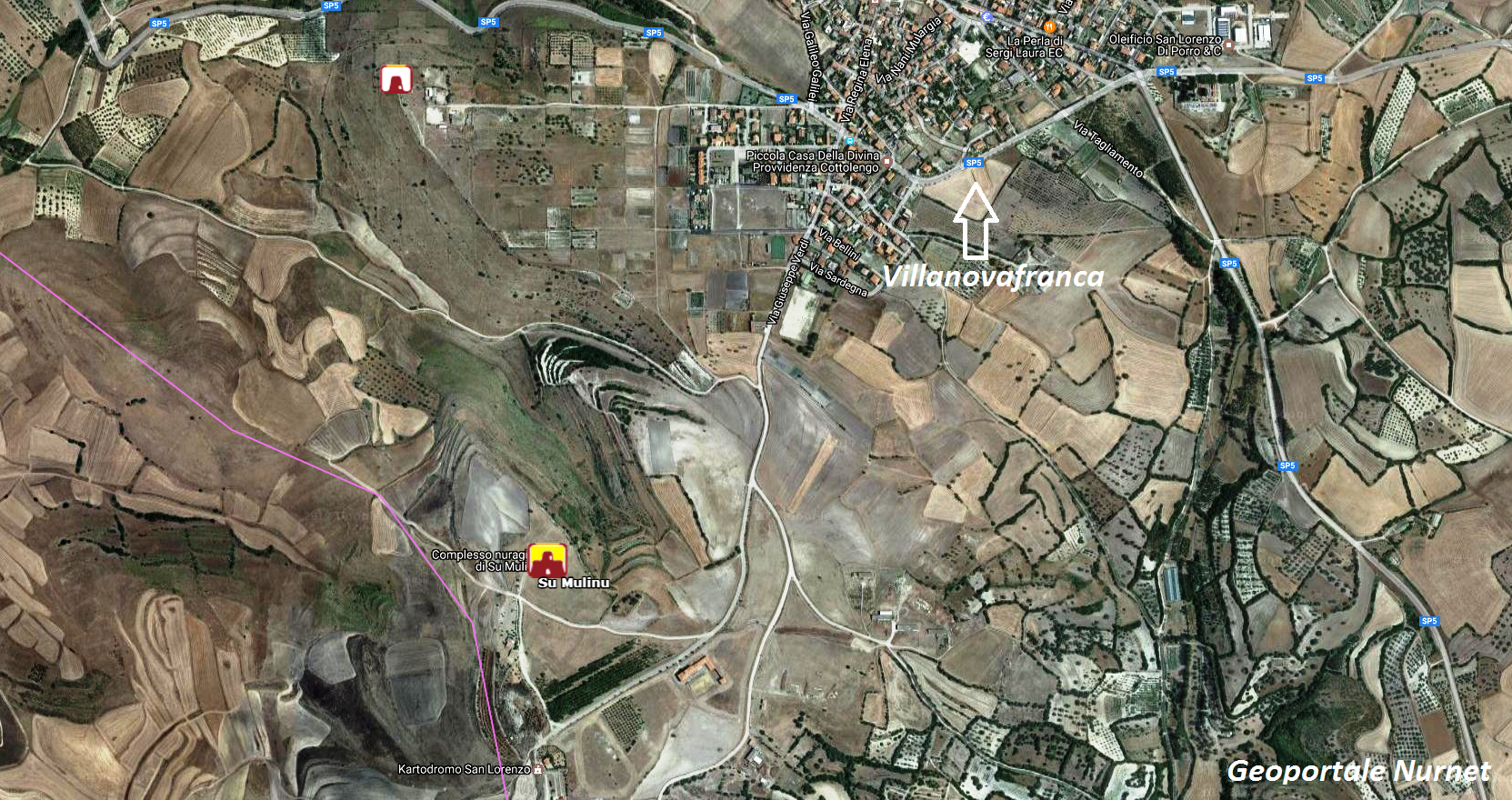“After a period of Vandal domination (mid V-mid VI century BC) in which Sardinia was used as a land of exile for non-Aryans from North Africa, during Byzantine domination (mid VI-sec. X AD) the nuraghi, especially those where the ground floor environments remained covered, were used as sacred and burial places (Lilliu 1990), for example at Su Mulinu (Ugas, Paderi 1990) and at San Teodoro di Siurgus (Ugas, Serra 1990). Even during this period, the interior of Sardinia remained autonomous, if not free, which is why some authors (Rowland 1992, following G. Lilliu 1988) speak of a Barbaricina phase (phase V) that persists until the end of the four Judicatures (X-XIV century AD) and sees further continuity until modern times in the resistance of the Barbaricina pastoral society to the power of the conquering states (Pisa and Genoa, Aragon/Spain and Italy) that succeeded each other after the Sardinian Judicatures. Between the early Middle Ages and the Kingdom of Sardinia, the nuraghi were privileged reference points both for tracing the borders of municipal territories and the territorial judicial and feudal districts, and for identifying the points of trigonometric measurement of the island’s agro.” (from a note to chapter XV of Giovanni Ugas’ book “Shardana e Sardegna” – Ed. Della Torre, November 2016).
The photos of the nuraghe “San Teodoro” di Siurgus Donigala (also called “Cocconi” or “Su Nuraxi” or “Sa Parrocchia”), near the church of the same name, are by Bibi Pinna, Gianni Sirigu, and Andrea Mura-Nuragando Sardegna. The nuraghe “Su Mulinu” of Villanovafranca is captured in the shots by Andrea Mura-Nuragando Sardegna and Diversamente Sardi.










